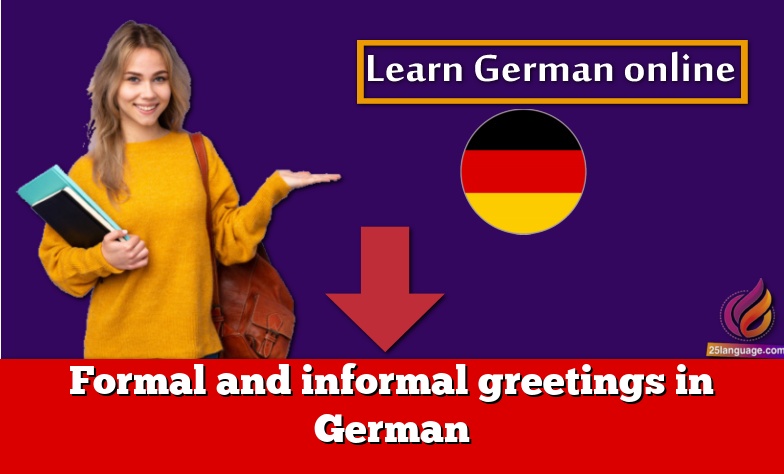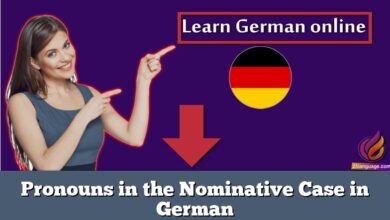Formal and informal greetings in German

Greeting someone is one of the most important aspects of social interaction in any culture. It is the first impression that you make on someone, and it sets the tone for the rest of the conversation. In German, there are two main types of greetings: formal and informal. Knowing the difference between the two is crucial in order to avoid any cultural misunderstandings or faux pas. In this article, we will explore the differences between formal and informal greetings in German, when to use each one, and some common examples.
What are formal greetings in German?
Formal greetings in German are used in professional or formal settings such as meetings, job interviews, and business emails. They are more polite and reserved compared to informal greetings. Formal greetings usually involve using titles such as “Herr” (Mr.) or “Frau” (Ms.) followed by the person’s last name.
Examples of formal greetings in German:
Guten Tag, Herr Müller. (Good day, Mr. Müller.)
Sehr geehrte Frau Schmidt, (Dear Ms. Schmidt,)
Herzlich Willkommen, Frau Mayer. (Welcome, Ms. Mayer.)
What are informal greetings in German?
Informal greetings in German are used in casual or informal settings such as with friends, family, or acquaintances. They are more relaxed and familiar compared to formal greetings. Informal greetings usually involve using the person’s first name or a more casual form of address such as “Hallo” or “Hi”.
Examples
Hallo, Maria! (Hello, Maria!)
Guten Morgen, Klaus! (Good morning, Klaus!)
Hi, Peter! (Hi, Peter!)
When to use formal greetings in German?
Formal greetings in German should be used in professional or formal settings such as:
In business emails or letters
In job interviews or at the workplace
When meeting someone for the first time
When addressing someone who is significantly older or of a higher social status
It is important to use formal greetings in these situations as they show respect and professionalism.
When to use informal greetings in German?
Informal greetings in German should be used in casual or informal settings such as:
With friends or family
When meeting someone you know well
In casual social situations
Using informal greetings in formal settings can be seen as disrespectful or unprofessional.
Common examples of formal and informal greetings in German
Here are some common examples of formal and informal greetings in German:
Formal greetings:
Guten Tag, Herr Müller. (Good day, Mr. Müller.)
Sehr geehrte Frau Schmidt, (Dear Ms. Schmidt,)
Herzlich Willkommen, Frau Mayer. (Welcome, Ms. Mayer.)
Informal greetings:
Hallo, Maria! (Hello, Maria!)
Guten Morgen, Klaus! (Good morning, Klaus!)
Hi, Peter! (Hi, Peter!)
FAQs
about formal and informal greetings in German
Q: Is it rude to use informal greetings in formal settings?
A: Yes, it is considered disrespectful and unprofessional to use informal greetings in formal settings.
Q: Can I use formal greetings with my friends?
A: While it is not necessarily rude to use formal greetings with friends, it may come across as overly formal and distant in a casual setting.
Q: Is it necessary to use titles such as “Herr” or “Frau” when using formal greetings?
A: It is not always necessary to use titles in formal greetings, but it is a sign of respect and politeness. If you are unsure about whether to use a title or not, it is always better to err on the side of caution and include it.
Q: How can I tell when to use formal or informal greetings?
A: The context of the situation will usually dictate whether to use formal or informal greetings. If you are unsure, it is always better to use formal greetings to avoid any potential misunderstandings.
Conclusion
In conclusion, understanding the differences between formal and informal greetings in German is essential for effective communication in both formal and informal settings. Knowing when to use each type of greeting can help you avoid cultural misunderstandings and show respect and professionalism in the appropriate situations. By following the guidelines outlined in this article, you can navigate German social interactions with ease and confidence.





























